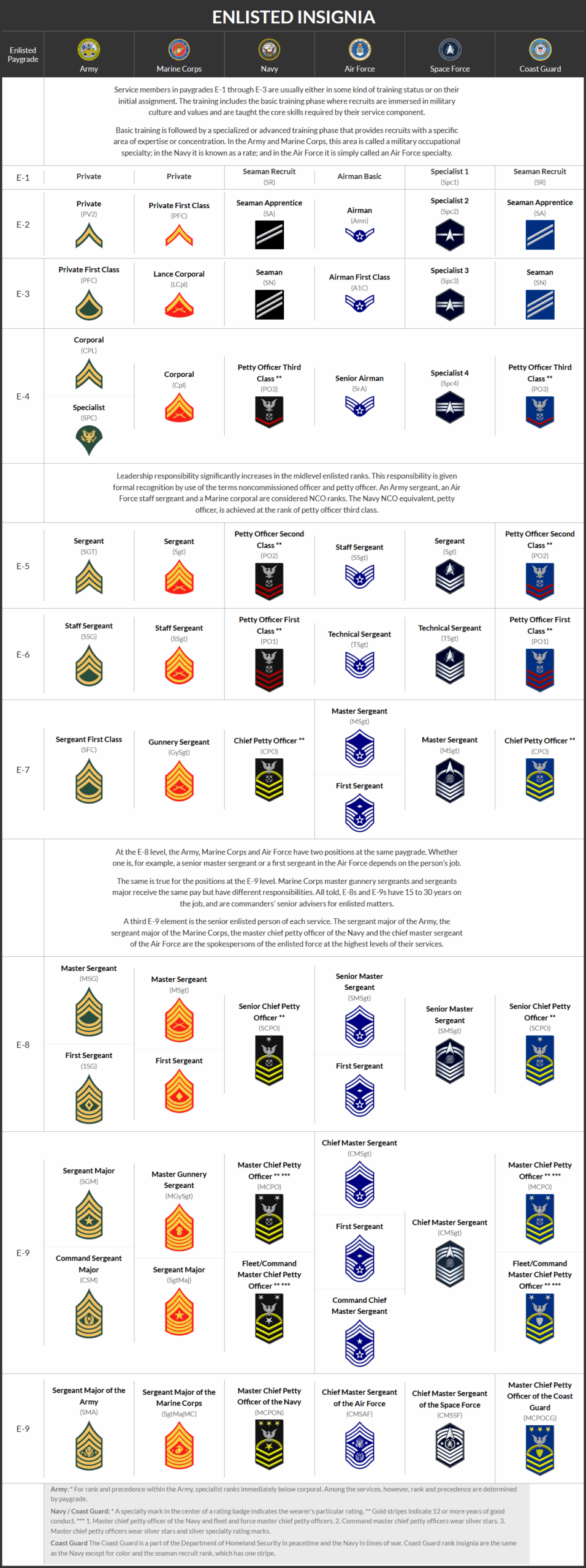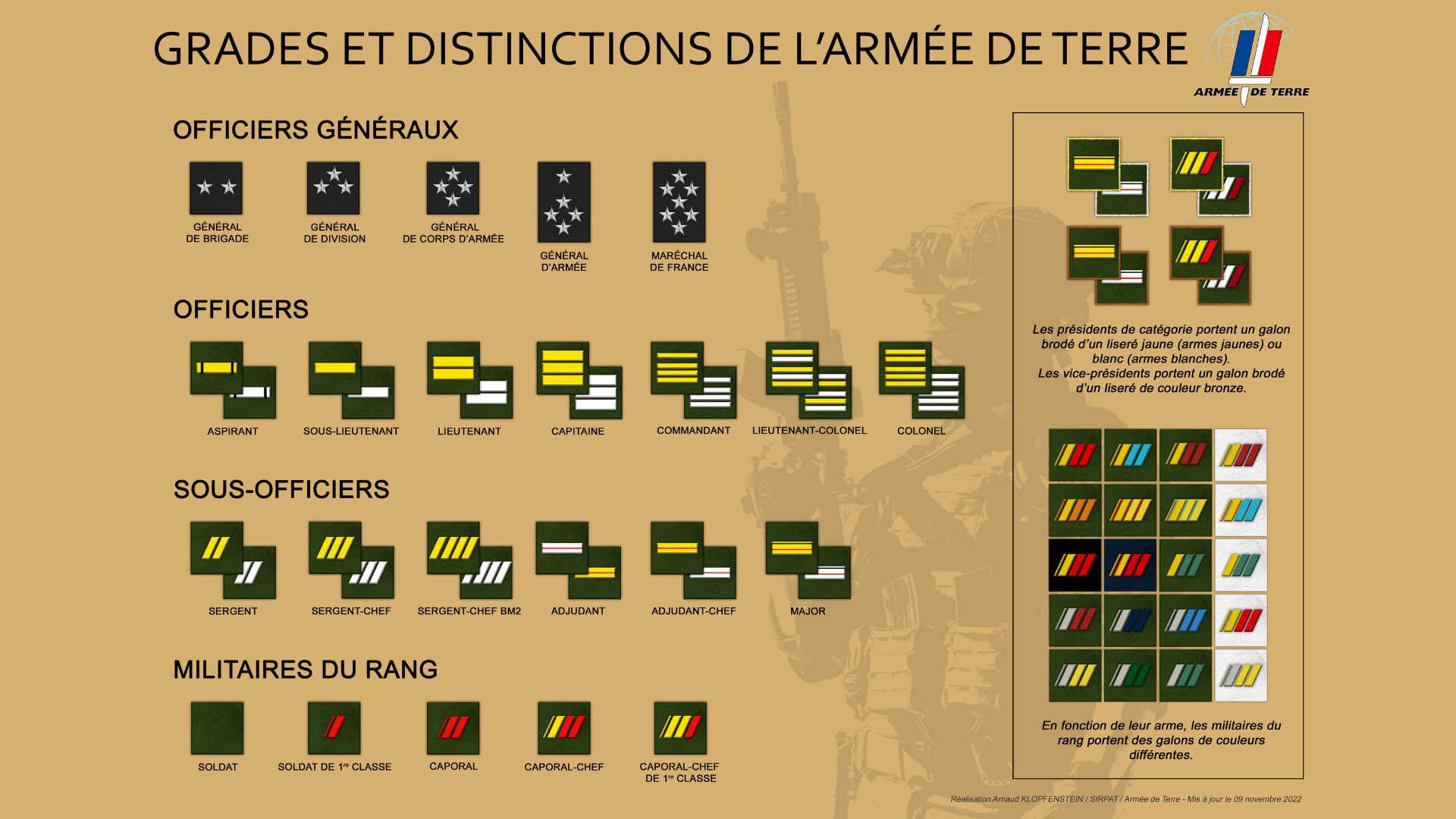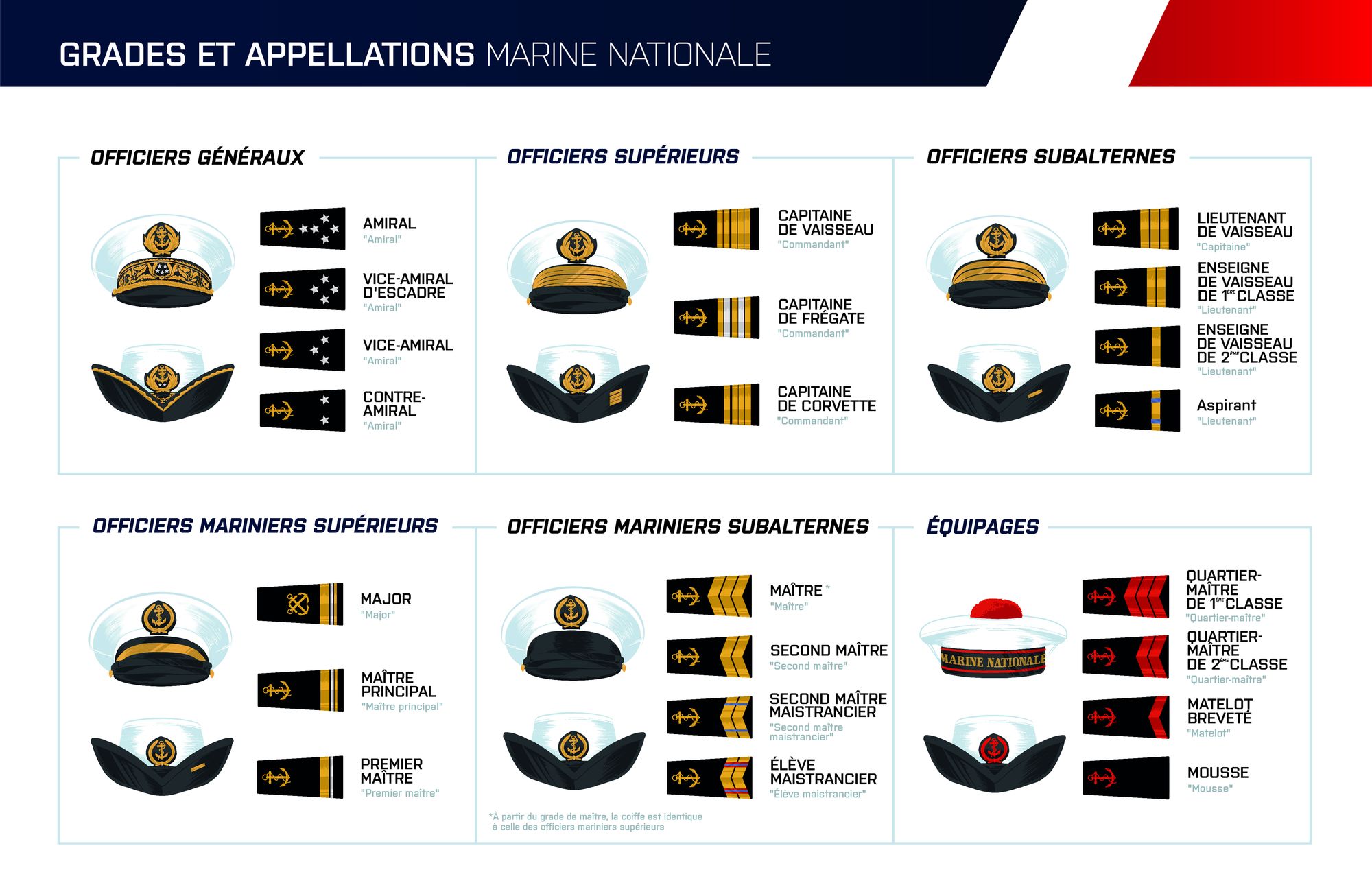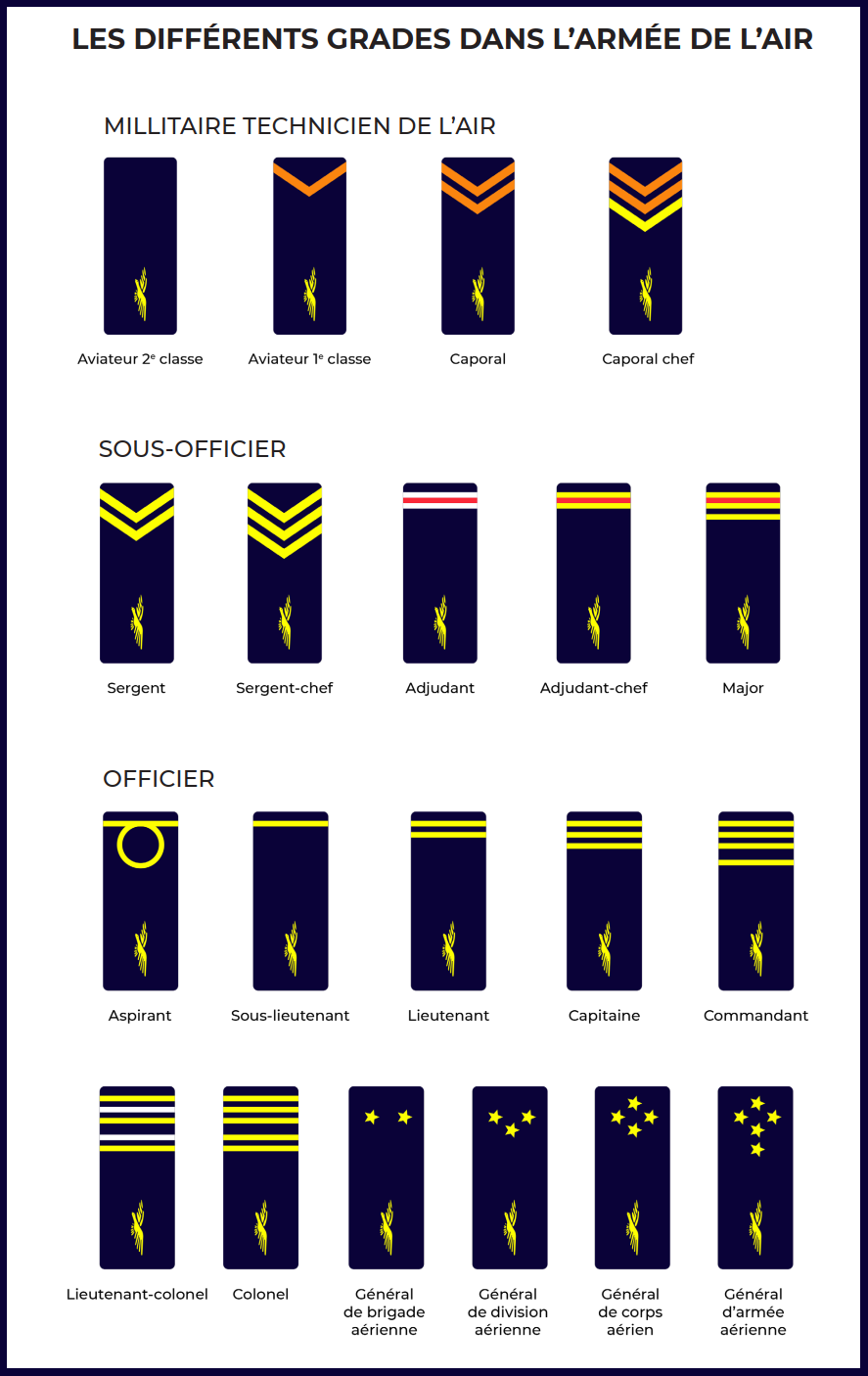La Bible, texte fondateur du judaïsme et du christianisme, contient des centaines de lois, de préceptes et de récits qui reflètent les normes sociales, religieuses et juridiques de l’Antiquité. Certaines de ces règles, si elles étaient appliquées littéralement aujourd’hui, seraient non seulement contraires aux valeurs démocratiques modernes (égalité, droits humains, liberté individuelle), mais aussi illégales selon les lois internationales et nationales.
1. Esclavage
Exode 21:2-6, 20-21 : “Si tu achètes un esclave hébreu, il servira six années ; mais la septième, il sortira libre, sans rien payer. […] Si un homme frappe son esclave, homme ou femme, avec un bâton, et que l’esclave meure sous sa main, il sera puni. Mais s’il survit un jour ou deux, il ne sera pas puni, car c’est son argent.”
Un maître pouvait battre son esclave à mort sans être puni si l’esclave ne mourait pas immédiatement. Les esclaves étaient considérés comme des propriétés, sans droits fondamentaux.
World Population Growth | OurWorldInData.org
The world population has changed dramatically over the last few centuries. Let’s examine long-run population data to understand this change and how quickly the world’s population is growing today.

The global population growth rate peaked long ago. The chart shows that global population growth peaked in 1962 and 1963 with an annual growth rate of 2.2%; however, since then, world population growth has halved.
For the last half-century, the population growth rate has been declining. The UN projects that this decline will continue in the coming decades.
A common question we’re asked is: is the global population growing exponentially? The answer is no.

Population growth is determined by births and deaths. Every country has seen very substantial changes in both: mortality and fertility rates have fallen across the world.
However, declining mortality rates and declining fertility rates alone do not explain why populations grow. If these changes happened at the same time, the size of the population would not increase. What is crucial is the timing at which mortality and fertility change.
The model that explains why countries go through a period of rapid population growth is called the ‘demographic transition’. It is shown in the schematic figure. It is a beautifully simple model that describes the observed pattern in countries worldwide and is one of the great insights of demography.
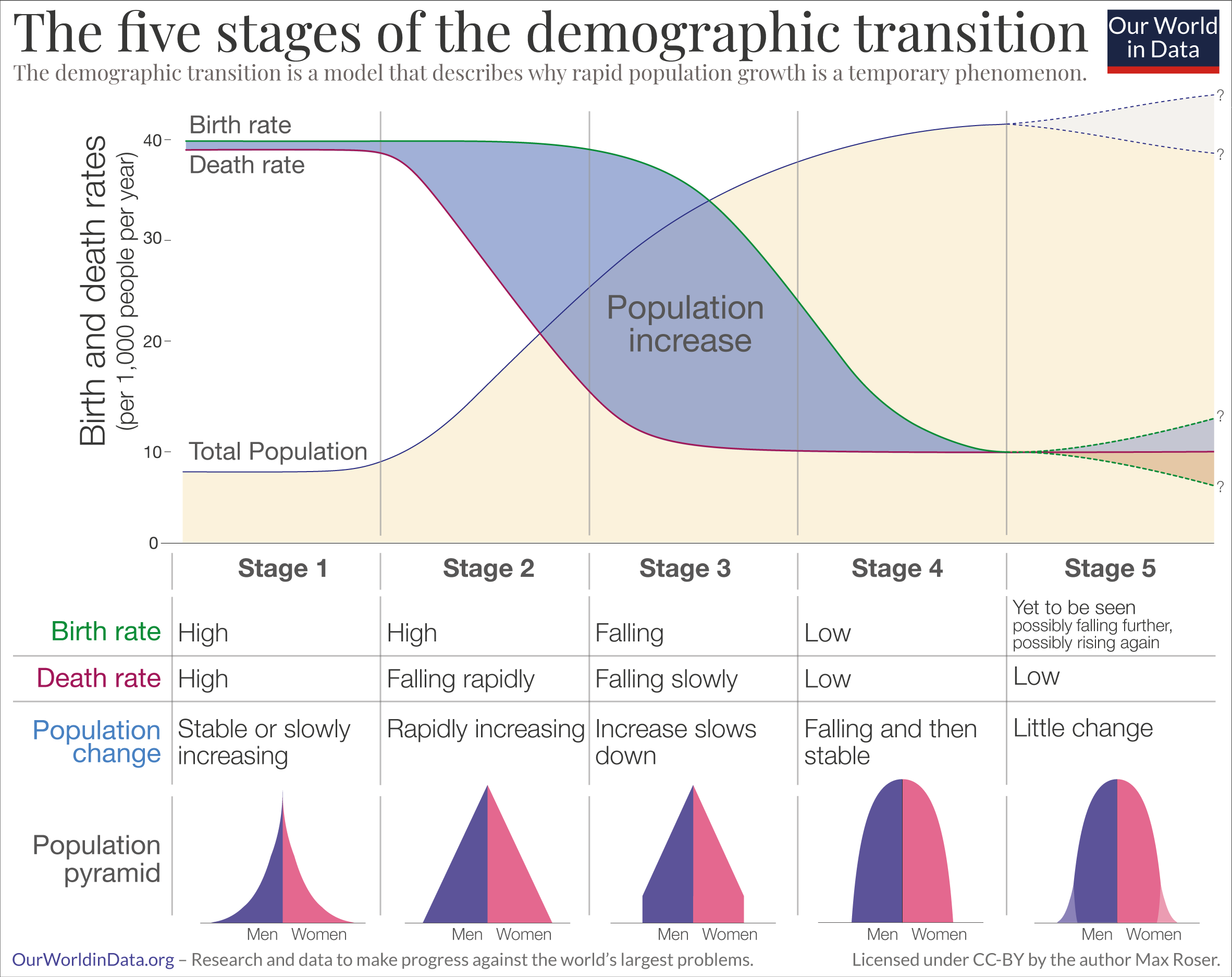
Source 1: https://ourworldindata.org/population-growth-over-time
Source 2: https://ourworldindata.org/demographic-transition
CO2 Emissions per Capita | OurWorldInData.org
CO2 emissions are typically measured on the basis of ‘production’. This accounting method – which is sometimes referred to as ‘territorial’ emissions – is used when countries report their emissions, and set targets domestically and internationally.
In addition to the commonly reported territorial emissions statisticians also calculate ‘consumption-based’ emissions. These emissions are adjusted for trade. To calculate consumption-based emissions we need to track which goods are traded across the world, and whenever a good was imported we need to include all CO2 emissions that were emitted in the production of that good, and vice versa to subtract all CO2 emissions that were emitted in the production of goods that were exported.
Consumption-based emissions reflect the consumption and lifestyle choices of a country’s citizens.
The following chart compare CO2 emissions with GDP per capita. As the GDP is based on the country production, this data compare territorial production (GDP) with territorial emissions, meaning the emissions produced within a country’s borders, but not those from imported goods. For example, emissions from imported steel are counted in the country where the steel is produced.
Source 1 : https://ourworldindata.org/consumption-based-co2
Source 2 : https://ourworldindata.org/grapher/co2-emissions-vs-gdp
The Essential Guide to Men’s Dress Shirts
Fit
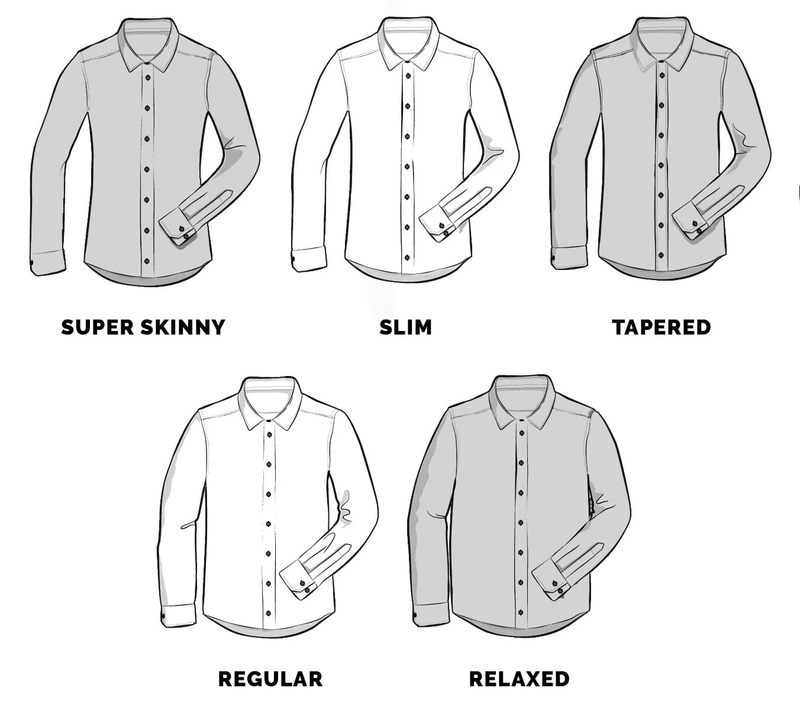

Men’s dress shirts come with or without a breast pocket.
• Formal shirt – No pocket.
• Casual shirts – Why not.
If you’re not going to use it, go without. Remember that shirts with breast pockets are unsuitable for the most formal events.
Evolution of Human Height in the World | OurWorldInData.org
Poor nutrition and illness in childhood limit human growth. As a consequence, the average height of a population is strongly correlated with living standards in a population. This makes the study of human height relevant for historians who want to understand the history of living conditions.
Because the effect of better material living standards is to make people taller, human height is used as an indirect measure of living standards. It is especially relevant for the study of living conditions in periods for which little or no other data is available — what historians refer to as the pre-statistical period.
It is important to stress that height is not used as a direct measure of well-being. The variation of height within a given population is largely determined by genetic factors.1
The history of human height allows us to track progress against undernourishment and disease and makes it possible to understand who started to benefit from modern advancements and when.
Source and more detailed information: https://ourworldindata.org/human-height
Dragon Ball | Mangas et Films

Mangas
| Titre | Volumes | Dates | Canon | Scénario | Période |
|---|---|---|---|---|---|
| Dragon Ball | 42 | 1984–1995 | ✅ | Toriyama | Enfance de Goku → Fin de l’arc Boo |
| Dragon Ball Super | 24 | 2015–en cours | ✅ | Toriyama | Post-arc Boo (avant l’épilogue de DBZ) |
| Jaco the Galactic Patrolman | 1 | 2013 | 🔶 | Toriyama | Préquel (lié à l’origine de Goku) |
| Dragon Ball Minus | 1 | 2014 | ✅ | Toriyama | Origine de Goku (intégré à Broly) |
| Dragon Ball SD (Super Deformed) | 10 | 2010–en cours | ❌ | Ooishi | Parodie des arcs classiques |
Légende :
✅ Canon : Fait partie de l’histoire principale approuvée par Toriyama.
🔶 Semi-canon : Éléments partiellement intégrés (ex : Jaco explique des détails de Super).
❌ Non-canon : Œuvres dérivées sans impact sur la timeline officielle.
